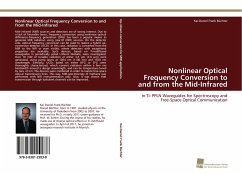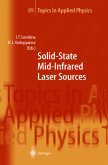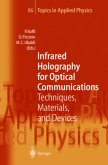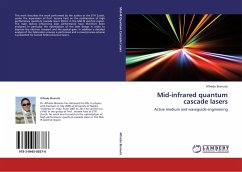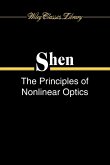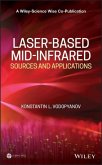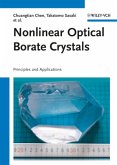Mid-infrared (MIR) sources and detectors are of strong interest. Due to a lack of favorable lasers, frequency conversion using nonlinear optical difference-frequency generation (DFG) has been a popular means to generate MIR radiation using near-IR (NIR) sources. On the detector side, optical frequency conversion can be used to realize a hybrid up-conversion detector (UCD). In this case, radiation is converted from the MIR to the NIR or even visible, where detectors with exceptional properties are available. Such devices, based on Ti-indiffused waveguides in periodically poled Lithium Niobate, were investigated. Over 10 mW of tunable radiation at either 3.4 mim (3.8 mim) were generated, using pump lasers at 1064 nm (1100 nm) and 1550 nm wavelength. Similarly, UCDs based on either DFG or SFG were thoroughly characterized, which convert radiation within a few nm bandwidth around a design wavelength, and can be temperature-tuned by tens of nm. The devices were combined in order to realize free-space optical transmission lines. This way, MIR-spectroscopy of methane was performed with NIR instrumentation only. Also, it was shown that transmission through turbulent channels can be improved.
Bitte wählen Sie Ihr Anliegen aus.
Rechnungen
Retourenschein anfordern
Bestellstatus
Storno

